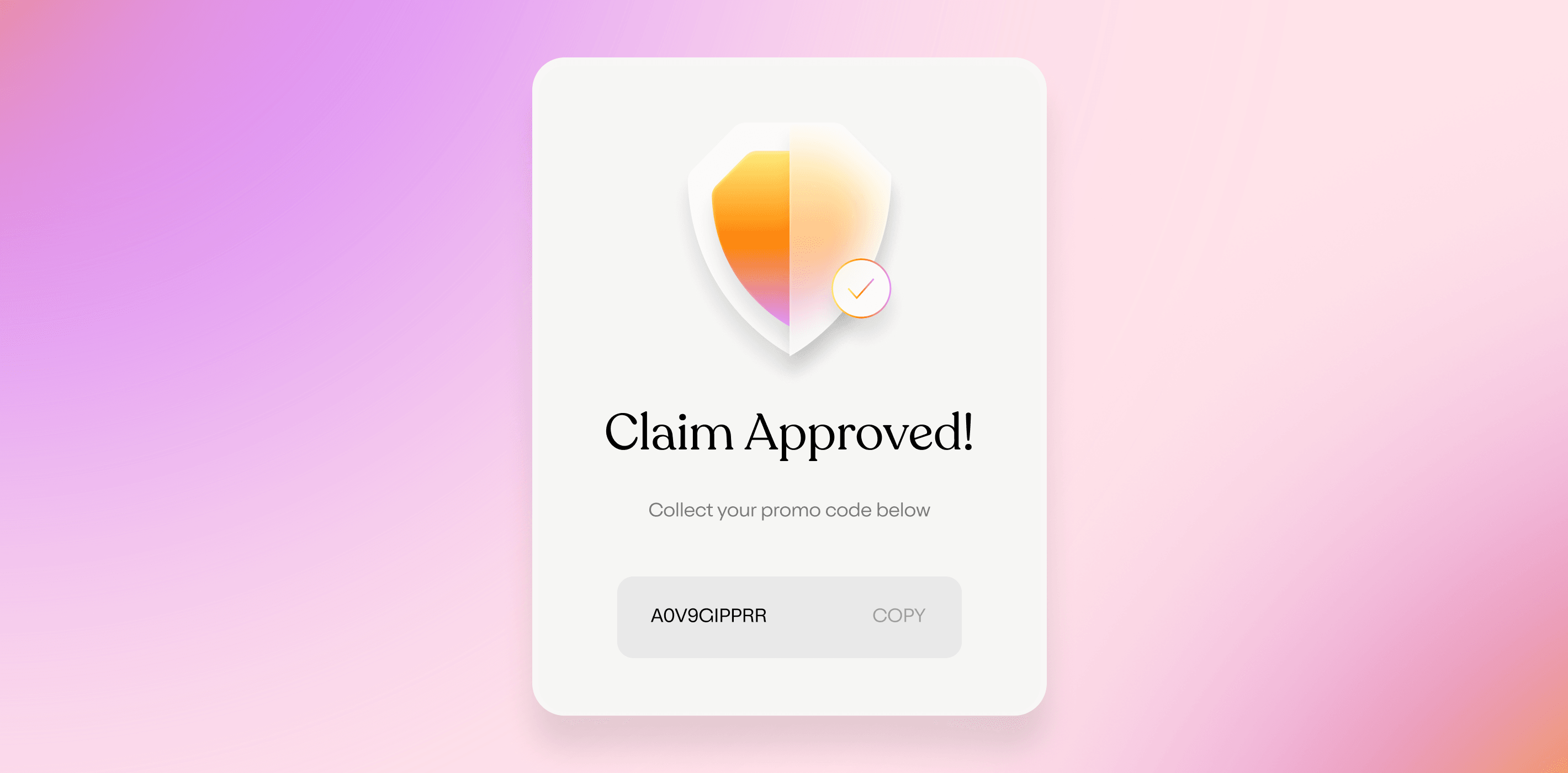Converting one-time shoppers into repeat customers is one of the most important tasks for scaling a successful business. If you have a product that customers love, then you’re off to a great start. However, generating loyalty and, as a result, increasing customer lifetime value (CLV) isn’t a passive process. There are actually specific measures businesses can take to develop a loyal cohort of customers. One step that retailers can take to increase CLV is to offer product insurance plans.
Beyond their ability to pad retailers’ bottom lines (it is estimated that Best Buy makes around half of its annual profit from the sale of extended warranties), product insurance plans are one of the best ways businesses can actively increase CLV and drive loyalty.
What is Customer Lifetime Value?
A major service contract market study found that not only do customers who invest in product protection plans report a higher level of satisfaction with their purchase, but these customers also tend to be more brand- and store-loyal shoppers. Here is how this translates into increased CLV and loyalty.
What exactly is “customer lifetime value (CLV)?”. CLV is a prediction of the profit driven from the entire relationship, from now into the future, with a given customer. CLV is a strong indicator of a business’s viability because it forecasts how it is likely to perform down the road. If customers tend to return to a given retailer and make purchases over the span of a few years, their lifetime value will be high, and the business will have an easier time succeeding. Increasing loyalty and satisfaction is so important because customers who return to shop often have high CLV and will keep businesses thriving.
Happy customers are repeat customers.
If the customer completes a purchase satisfied with the entire shopping experience, they are far more likely to return and increase their lifetime value to the retailer. Shopping is an emotional experience, especially if you’re shopping for something you know you’re going to enjoy using, like a fancy flatscreen TV or the new iPhone. Studies have found that happiness while shopping is correlated with aversion to risk. Research suggests that the happier a person is about the purchase they’re about to make, the more risk averse they will become and the more likely they will be to purchase a protection plan. This makes sense because the happier someone is about something, the more they will care about it and seek to protect or defend it. The availability of protection plans can settle shoppers’ fear of loss, increase their overall happiness with their purchase, and encourage repeat business.
Product Protection attracts shoppers who tend to be loyal.
It turns out that shoppers who report being more loyal to certain brands and stores invest in product protection more frequently than shoppers who float between different brands and stores. The availability of product protection plans can attract a segment of shoppers that tend to be more loyal and naturally have a higher CLV. They will make repeat purchases from a given retailer and drive future business.
What happens if a product fails?
Product protection plans offer retailers the opportunity to ensure their customers have a net positive experience in the event that their product is damaged. Protection plans provide recourse in the event a product fails. When a shopper purchases a protection plan, they agree to its terms of service, which spell out the conditions under which coverage will be provided and how. If something does go wrong, the possibility of a disagreement between the retailer and the customer is limited if the corrective course of action is already established. Protection plans are a valuable tool for maintaining strong relationships with customers and increase the likelihood that their business will be retained even if their product is damaged or breaks.
Retailers actually do have a ton of leverage when it comes to developing customer loyalty. The loyalty of your customers is by no means something that is out of your hands. Offering customers product protection at checkout is just one effective way to increase CLV. It works because customers are ultimately happier with their purchase when it is protected, because shoppers who invest in protection plans are typically more loyal shoppers, and because these plans provide customers a plan of action in the event their product does fail, ensuring that their issue is handled fairly and swiftly.
SIGN UP FOR OUR NEWSLETTER


